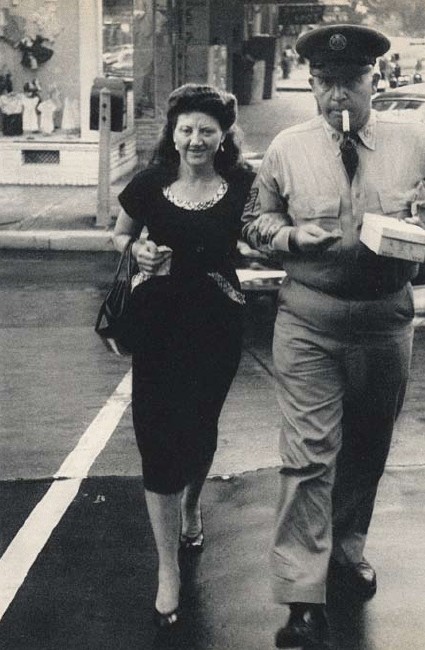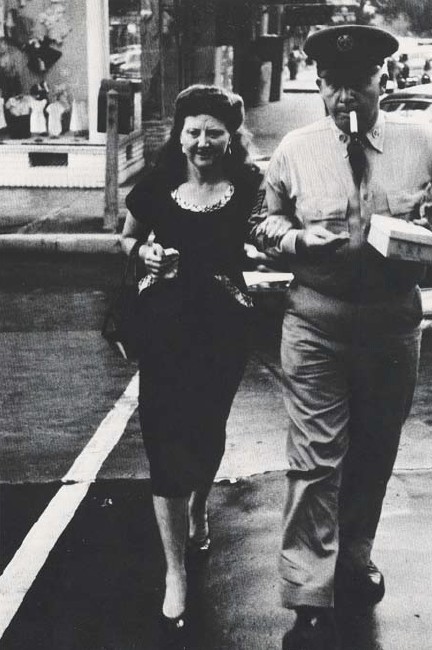- Relief printing
- Intaglio and planographic printing
- Color printing
- Bits and pieces
- Early photography in silver
- Non-silver processes
- Modern photography
- Color notes
- Color photography
- Photography in ink: relief and intaglio printing
- Photography in ink: planographic printing
- Digital processes
- Where do we go from here?
The question of print quality

Rotogravure. Robert Frank. Savannah, Georgia. 1955. 13 7/16 x 10 1/16" (34.1 x 25.5 cm). The Museum of Modern Art, New York. Acquired through the generosity of the Young family in honor of Robert B. Menschel © Robert Frank. From the 1959 edition of The Americans, printed in rotogravure (Paris: Delpire).
When chemical photography is translated into ink, the quality of the reproduction varies tremendously. Even under ideal conditions every printing process would alter the image it reproduces; in the practical world, where publishers’ schedules are tight, budgets are limited, and the printer must struggle with his craft, reproductions can often turn out terribly. There has been a steady increase in the quality of ink reproductions of pictures, and today it is possible to make superb books that do justice to the original chemical prints, but this state has been long coming. These two prints, reproduced here and the next page quite accurately, are from two different editions of Robert Frank’s great book The Americans.

Photo offset lithography. Robert Frank. Savannah, Georgia. 1955 (Printed 1959/1969). 6 11/16 x 4 1/2" (17 x 11.5 cm). The Museum of Modern Art, New York. Gift of Richard Benson © Robert Frank. From the 1969 edition of The Americans, printed in photo offset lithography (New York: Aperture).
The version on the previous page is from the first printing of the book plates, done in Europe in 1958, in rotogravure. The one on the left is from the second edition, printed in the United States in 1969, in photo offset lithography. The gravure version (actually published in two editions, with different texts but the same plate pages) is clear and lyrical in its photographic description. The offset version, heavy, plugged up, and rough, was made in the early years of offset, before that technology was working very well. Few copies were made of the gravure edition but many thousands were produced of the offset edition. A complex picture of America is there on the gravure version, but sadly missing in the far more influential print on the left.

